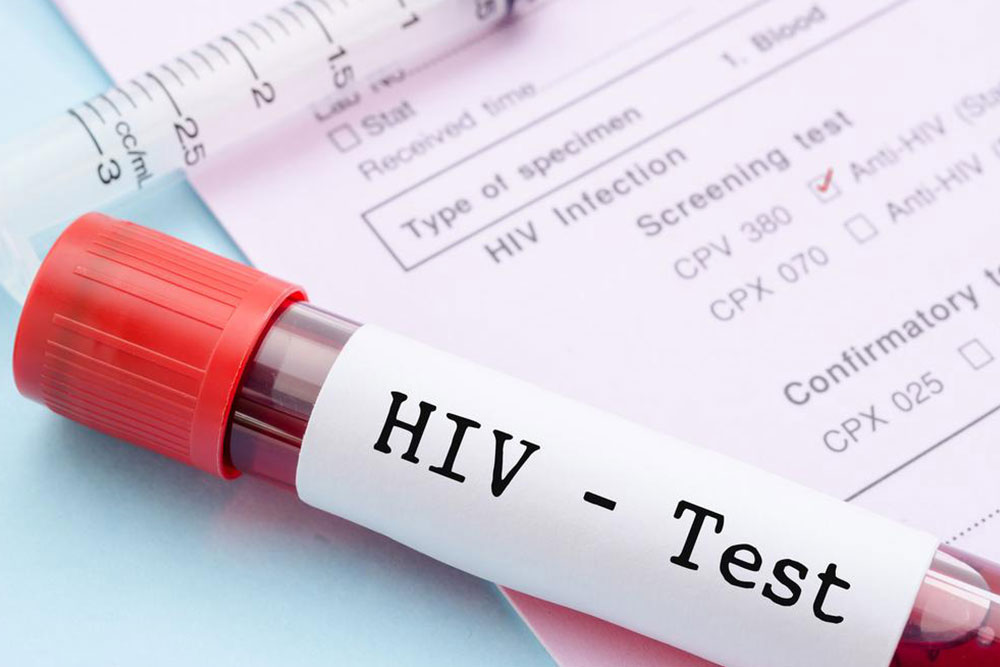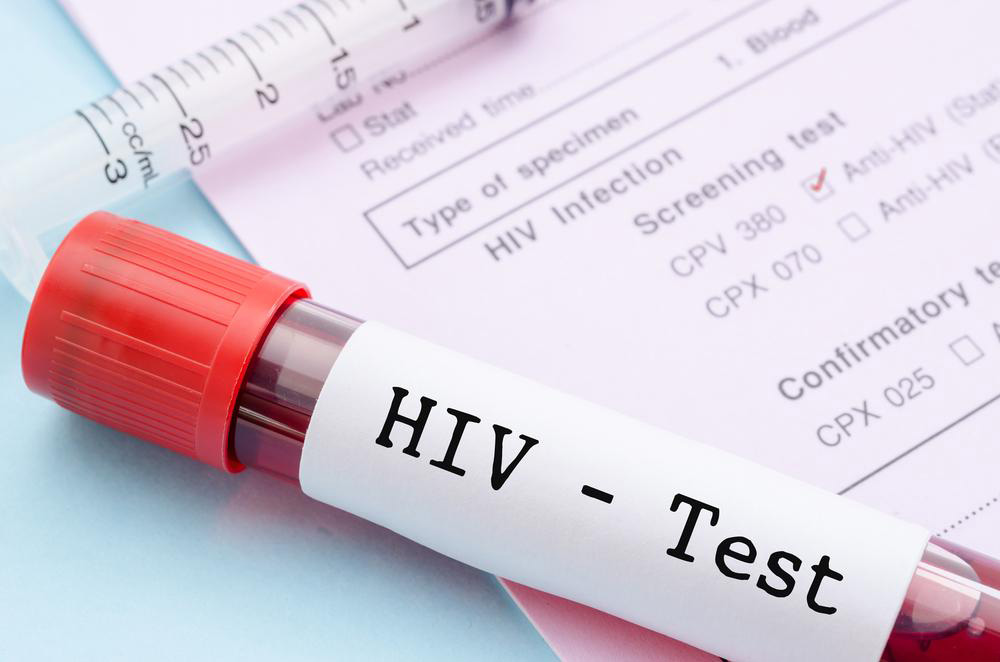Early Indicators and Symptoms of HIV Infection
Early HIV infection presents with mild, often unnoticed symptoms such as flu-like illness, fatigue, swollen lymph nodes, skin rash, sore throat, and digestive disturbances. Recognizing these signs promptly enables early testing and treatment, improving health outcomes and reducing transmission risks. This guide highlights key indicators to watch for following recent exposure or ongoing risk behaviors for timely intervention.

Early Indicators and Symptoms of HIV Infection
Initial HIV symptoms are often subtle and can be easily overlooked. However, as the virus multiplies and progresses, recognizing early signs becomes crucial. These symptoms tend to appear within 4 to 8 weeks after exposure and may vary among individuals. Common early signs include flu-like symptoms, persistent fatigue, swollen lymph nodes, skin changes, sore throat, and gastrointestinal discomfort. Identifying these symptoms early and seeking testing can significantly improve health outcomes and prevent further transmission.
Flu-like Symptoms
Many newly infected individuals experience a mild fever or flu-like illness, known as acute retroviral syndrome (ARS). This affects roughly 40-90% of cases and features a fever around 102°F, along with headaches, sore throat, and swollen lymph nodes.
The body's immune response causes fatigue, making individuals feel tired even with minimal activity. Dizziness and shortness of breath are also common in this phase. Swollen lymph glands, especially near the neck, groin, and armpits, result from the immune system's effort to fight the virus. Skin rashes, sometimes appearing as pink spots or scales, may develop, along with increased sensitivity to sunlight. Persistent sore throat and nausea also frequently occur, and if untreated, digestive issues like diarrhea can develop over time. Recognizing these early symptoms is key for timely testing and treatment, especially for sexually active individuals experiencing unexplained health problems.
Important Note:
Our articles aim to provide helpful and practical health information across various topics. While we rely on research and data, readers should seek professional medical advice for diagnosis and treatment. The content is for informational purposes only and may not reflect all available information or current schemes. We are not responsible for differences or inaccuracies that may exist elsewhere.










